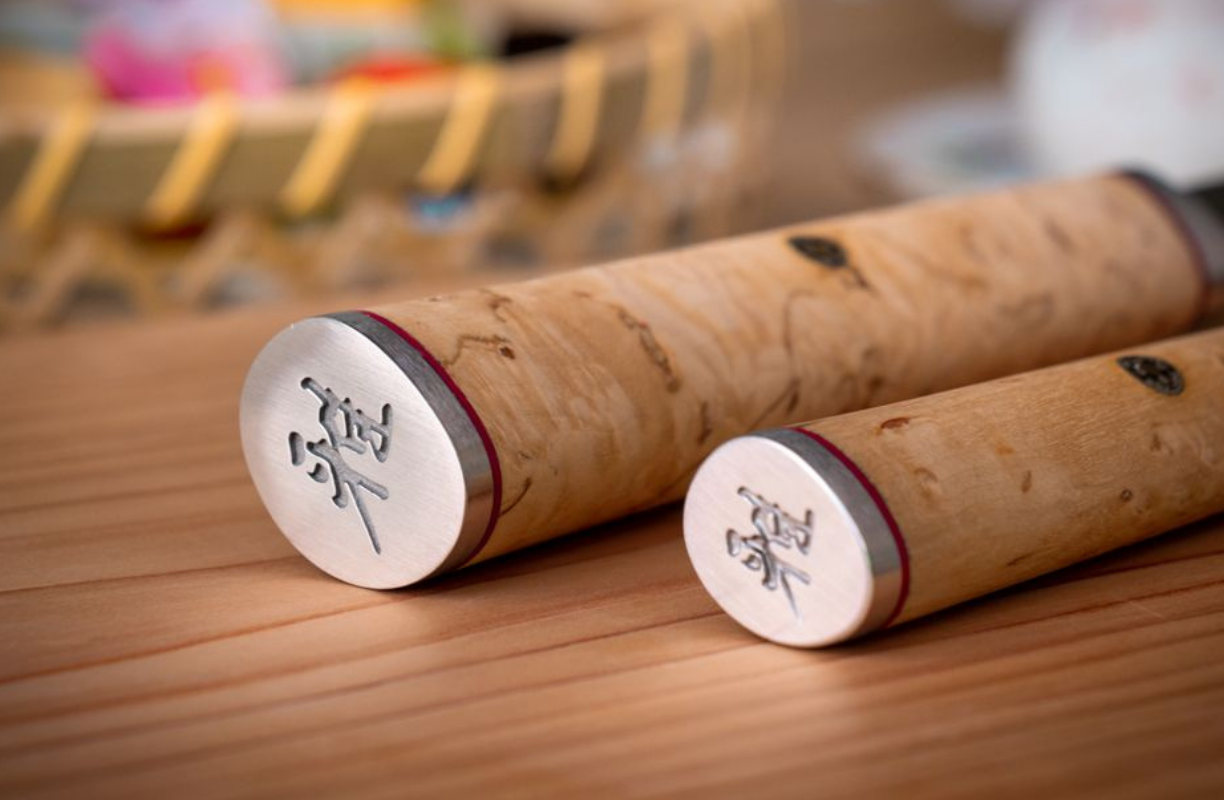
Introducing the Miyabi Kitchen Knife Set and Some Care Tips
The Japanese kitchen knife set excels as a sharp, durable, high-quality, and beautiful cutting instrument. They are like pieces of art. If you plan to get one, know that they are a high-quality product, considered a high-end investment.
What Are Miyabi Knives?
There are over 60 types of steel used in manufacturing kitchen knives. The steel used in Japanese Knives is made of AUS-8 steel, which is renowned for its quality.
AUS-8 Steel is an outstanding steel for making kitchen knives. It is harder than regular steel knives and allows the knife to be sharpened to a razor-like sharp edge. Its specially designed blade allows the knife to be sharpened to perfection.
Miyabi kitchen knives are made by hand and are highly regarded as top-of-the-line products. The kitchen knives are larger than a typical knife and are very sharp. Miyabi kitchen knives have a very durable edge and will last a long time.
What to Keep in Mind When Using This Knife
Use Wooden or Plastic Cutting Board: A cutting board made of wood or plastic is ideal for these knives. These boards will not cause damage to the blade.
Avoid using glass, ceramic and steel cutting boards. These boards will cause damage to the blade, causing the edge to get cracked.
Only Use Up and Down Movements When Cutting: Do not do the side-to-side movement when cutting. It will reduce the sharpness of the blade. If you are careless and do the sideways movement, you will break your blade and have to replace it.
Do Not Use These Knives to Cut Bones, Hard Seeds, or Frozen Food: The blade is not strong enough to handle these hard objects. If you do, you will risk the blade getting damaged and breaking. Instead, use the chopping or boning knife for this purpose.
Find the Right Knife for the Right Purpose: While the Miyabi kitchen knife is extremely versatile, it is not the best for all purposes. Thus, it would be best if you find the right knife for the proper purpose to extend the longevity of your knife. For example, if you are cutting meat, you need a sturdy knife and so on.
Keep It Clean: Keep your knife clean, store it safely, and do not expose it to moisture.
How to Wash and Store Miyabi Kitchen Knives
- Use warm soapy water when cleaning the Miyabi kitchen knife. If there is rust on the knife, you can use a mild bleach solution to clean it.
- After washing your knife, it is important to pat dry it thoroughly. Leave the knife outside in a dry area for 24 hours.
- Remember to oil your knife before storing it away.
What Are the Differences Between a Professional Kitchen Knife and a Regular One?
There are some differences between a kitchen knife used by a professional and a regular one. The kitchen knife used by a professional is of a much higher quality than a standard kitchen knife. That is also why they are more expensive than a regular kitchen knife.
The professional kitchen knife is harder and sharper and has a better handle than a regular kitchen knife. In addition, it is carefully balanced to offer the user a great feel.
Conclusion
A Japanese kitchen knife is a fantastic knife that has a unique design. It has a longer and thinner design than a Western kitchen knife. Nevertheless, the blade is the most critical factor that sets the Japanese kitchen knife apart from a western kitchen knife.
The Miyabi kitchen knife is a great professional knife. It is of high quality, hand-made, and an excellent investment for your kitchen. It is the best knife for its price and is sure to last you for a very long time.
Get your original and quality Miyabi kitchen knives at Bronx Homewares. We are a small family-owned business providing you with quality kitchenware, cookware, and home decor, at the best price possible. Show now!

